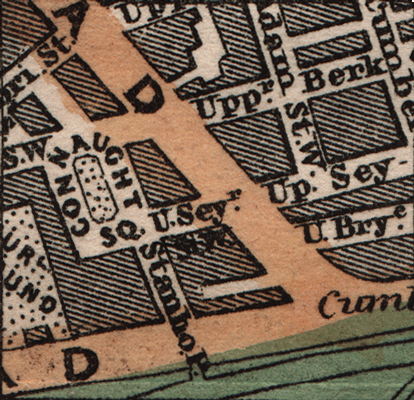|
Richard Jarman
Richard Jarman (born 1807, London, England – died 1877, Hobart, Tasmania, Australia) was an artist, map-maker, and engraver who was active in London prior to 1857 and in Tasmania between 1857 and the 1870s. Career in England Jarman was born in 1807 in Whitechapel, in London's East End, the son of Robert Jarman, a carpenter, and Amelia Dede. He married Ann Bouchier (or Busher) in 1830. By the 1850s, Jarman had become a successful London map-maker and engraver working from premises in St. Bartholomew's Close in the City of London. His most significant work during this time was ''The Collins' Illustrated Atlas of London'' published in 1854 and described by Prof. H. J. Dyos in his introduction to the 1973 re-publication as the first pocket city map of London. Another surviving map drawn by Jarman is ''Reynolds Map of Modern London'' published in 1857. Career in Tasmania In 1857, he emigrated to Tasmania with his wife and children. There, he drew one of the earliest maps of Hobart ... [...More Info...] [...Related Items...] OR: [Wikipedia] [Google] [Baidu] |
Hobart, Tasmania
Hobart ( ; Nuennonne/Palawa kani: ''nipaluna'') is the capital and most populous city of the Australian island state of Tasmania. Home to almost half of all Tasmanians, it is the least-populated Australian state capital city, and second-smallest if territories are taken into account, before Darwin, Northern Territory. Hobart is located in Tasmania's south-east on the estuary of the River Derwent, making it the most southern of Australia's capital cities. Its skyline is dominated by the kunanyi/Mount Wellington, and its harbour forms the second-deepest natural port in the world, with much of the city's waterfront consisting of reclaimed land. The metropolitan area is often referred to as Greater Hobart, to differentiate it from the City of Hobart, one of the five local government areas that cover the city. It has a mild maritime climate. The city lies on country which was known by the local Mouheneener people as nipaluna, a name which includes surrounding features such as ku ... [...More Info...] [...Related Items...] OR: [Wikipedia] [Google] [Baidu] |
